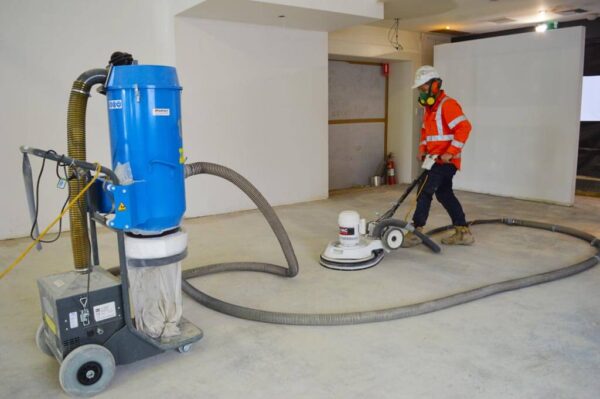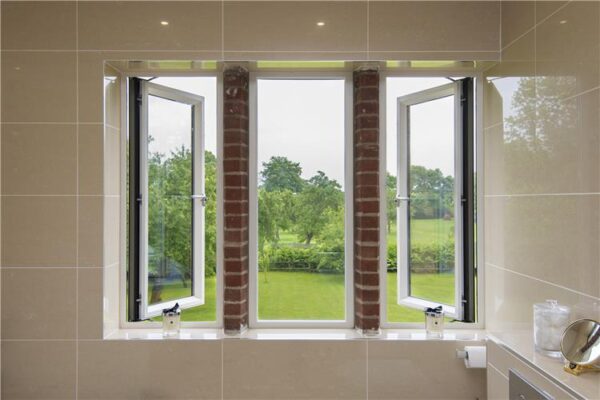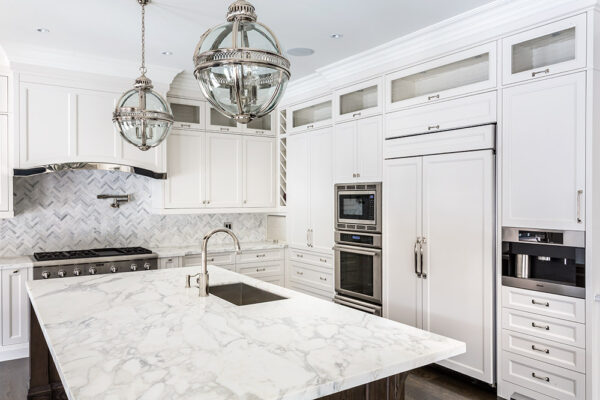What is concrete grinding? Concrete grinding (also known as traction grinding) is the process of removing small pieces of concrete from walls and floors. A concrete grinder will come in several configurations, the more common being a handheld flat-surface grinder, sometimes even a mini tile grinder. However there are also dedicated worktop or bench-top grinders which are primarily used for grinding larger concrete blocks, marble, granite or concrete. All these grinders use an operating mechanism similar to a belt grinder.
After a grinding session, you will notice that your floor or wall becomes scratch and scarred. Grinding back and forth against a rough surface will cause tiny chips that will accumulate into large cracks over time. In order to repair concrete floors you need to create a smooth finish; a dull finish will not only damage your finished surface, it will also create unsightly gaps. The finishing procedure can be hard if you have no prior experience; it is possible to spend lots of money having people work on your concrete project only to be left with cracked, pitted and stained concrete floors. This is why it is often best to hire professionals to do a professional job so that you do not end up with an ugly outcome.
Concrete grinding is very popular in the building and paving industry as it gives you a smooth surface to work on and it is an ideal grinding solution for removing unwanted stones and other rubble from your tiled flooring. Concrete polishing as it is also known is another concrete flooring option which can create a mirror-like polished finish on a smooth floor surface. This type of finishing is achieved by injecting a high-pressure water jet into the concrete while it is being crushed. The water melts the ground material causing it to become smoother. Polish outs are usually sprayed onto the floor and left to set for a few minutes before being allowed to dry naturally.
Concrete grinding is the process of injecting colored pigments into the ground concrete to create a pattern or color that matches your tiled flooring. Epoxy epoxies are the most commonly used abrasive cleaners as they create a very smooth finish. Using colored concrete chips and epoxies has several advantages over using other methods such as grinding concrete, however some disadvantages exist as well; using these types of products can cause damage to the flooring underneath if not done correctly and if too much pressure is applied during the application process.
Another concrete floor finishing option is using a solvent-based glue. These types of glues are most commonly found on tile and stone floorings as they provide a strong bond between the tiles and the surface to ensure a solid and secure fit. However, there are some disadvantages to using these types of glues, they are difficult to clean as they can peel off the surface if not properly removed and can be damaging to the floor if not removed and replaced. It is important to leave enough head room between tiles to allow for a water-tight seal to form between the tiles and the underlying floor.
One final type of finishing product for use with concrete is mastic. Like other aggregate flooring products, mastic provides a very smooth surface to work with. However, mastic is sensitive to high temperatures, particularly when exposed to fire, and its chemical components can be harmful when inhaled. Therefore, care should be taken when handling any type of mastic or urethane products to ensure proper safety.




